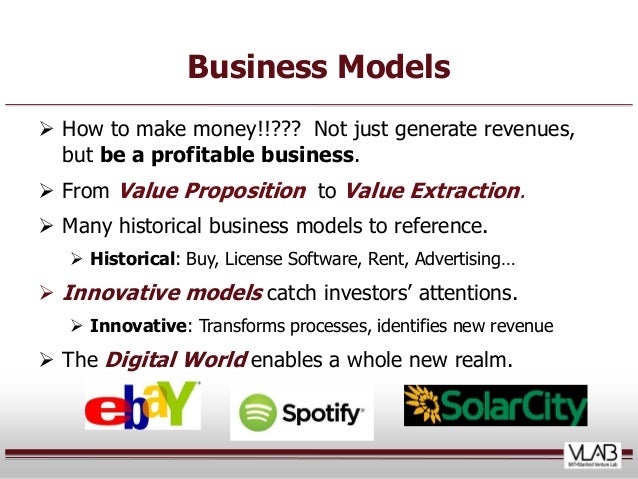Image source: http://www.acupofkellen.com/wp-content/uploads/2015/04/GPS-Watch-Comparison-10.jpg
If you plan on using your GPS in an automobile, there are several choices: a basic or mapping handheld receiver; a dedicated automotive receiver; a GPS with a PDA; or a Laptop GPS.
Although handheld units can be used in a car there are several disadvantages-the screen can be hard to see due to its small size and some units will need to be placed forward on the dashboard where they can get a better signal. With a basic (non-mapping) unit you can tell where you are as long as you have a paper map with you to interpret that data.
A mapping unit is the more useful choice considering with driving usually involves roads. A dedicated automotive receiver is larger than a handheld in order to accommodate a screen large enough to be seen while driving. They are powered by the car's electrical system and because of this; they can only be used in a vehicle. Automotive units usually have voice instructions to allow you to navigate without taking your eyes off the road. Prices start at about $500 US.
A GPS with a PDA needs clear access to the sky for satellite reception. Some receivers have the antenna built in or have the capability for an external antenna. An antenna on the seat of your car may or may not work. The console is the next best place - reception may be questionable. An air vent mount is better and a windshield mount or the antenna placed all the way forward on the dashboard is better yet. The most reliable place is for an external antenna to be attached to the roof of your car.
A laptop GPS requires a CF with an external antenna, a Bluetooth GPS receiver, a mouse-type GPS receiver, or be connected via a cable to a handheld GPS unit so the receiver can be placed in a position for good reception. Of course a laptop is large, but the main advantage is a very large screen for maps. If you have a need for a laptop in your car, this may be the best choice and a mouse-type receiver is inexpensive.
If you plan on using your GPS for hiking or backpacking there are three choices, a basic handheld receiver, a mapping handheld receiver and GPS with a PDA. It is also recommended that in addition to your GPS, you should take a paper map, and magnetic compass, and extra batteries. Weight and size need to be considered when deciding which GPS to choose. A basic receiver does not have mapping abilities, however it will display your location in a format that you choose, and most likely latitude/longitude. Providing your paper maps have your chosen position format marked on them, your GPS will allow you to find your location on the map. If your maps don't have the position format grids marked already, this is something you'll want to do yourself. These are going to be the least expensive choices for GPS, often less than $100 US and are as accurate as more expensive units; they just don't have as many features. The main feature they lack is mapping capability.
For hunting or fishing many handheld models include best hunting and fishing times for a given location and date. Mapping handheld receivers are often larger, heavier, and/or have shorter battery lives than basic units. Shorter battery life means carrying more extra batteries adding bulk and weight. With a mapping handheld unit you will have the benefit of having the maps displayed on your GPS. These also include other benefits such as a barometric altimeter, an electronic compass, games, and a calendar and you can plan your route ahead of time on your PC and upload it to your GPS. These units display pre-loaded maps and map detail is reflected by the size and resolution of the screen. This means that mapping units are generally larger than basic units. The downside of a GPS with a PDA is that it will drain your battery quicker and it also of the top of your PDA. Mapping units are more expensive than basic units; prices start at about $150 US unless you get one with Bluetooth capabilities which are more expensive. For fishing a chart plotter/GPS or a GPS sounder are also available. The chart plotter/GPS and GPS sounders usually have a lot of features and start at about $400 US.
Copyright 2006 Angela Carter

